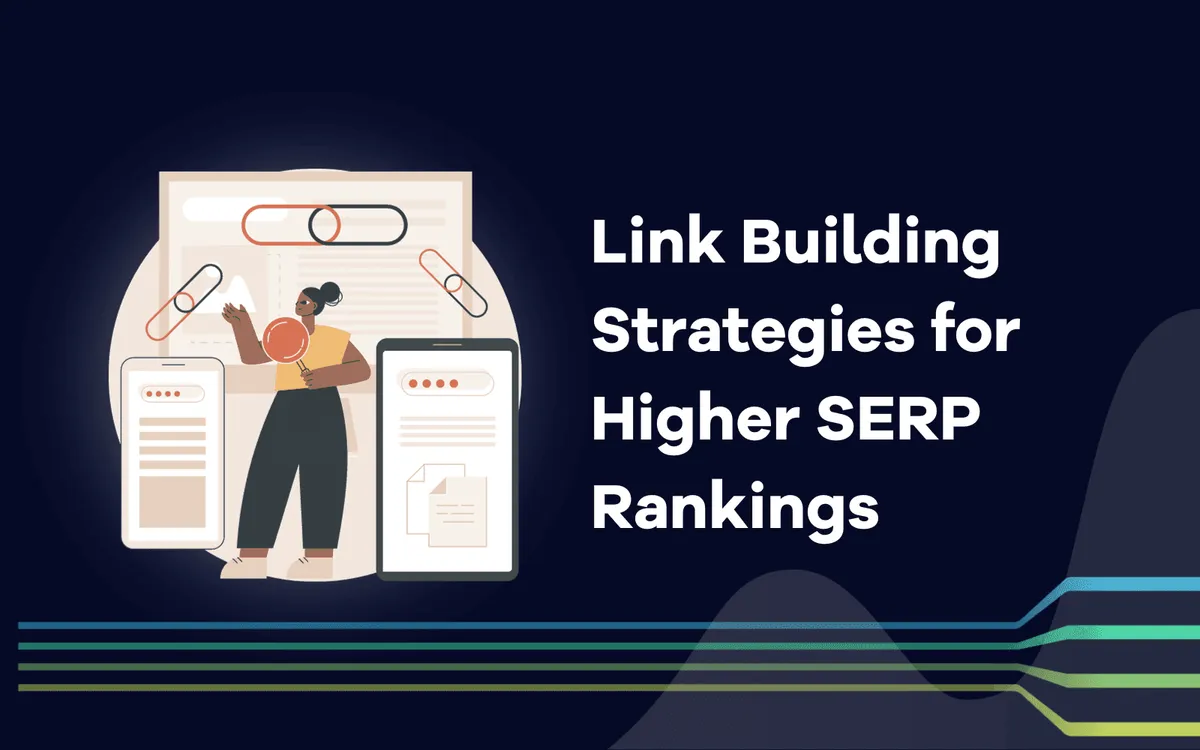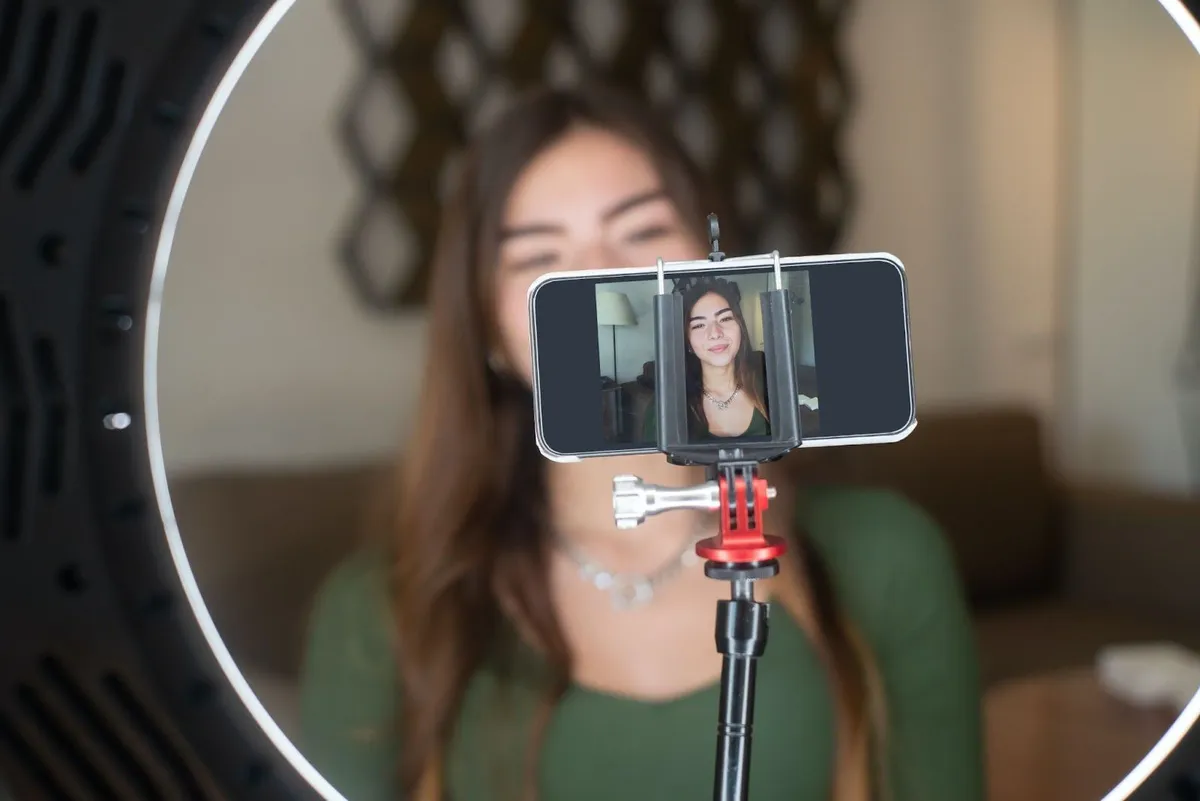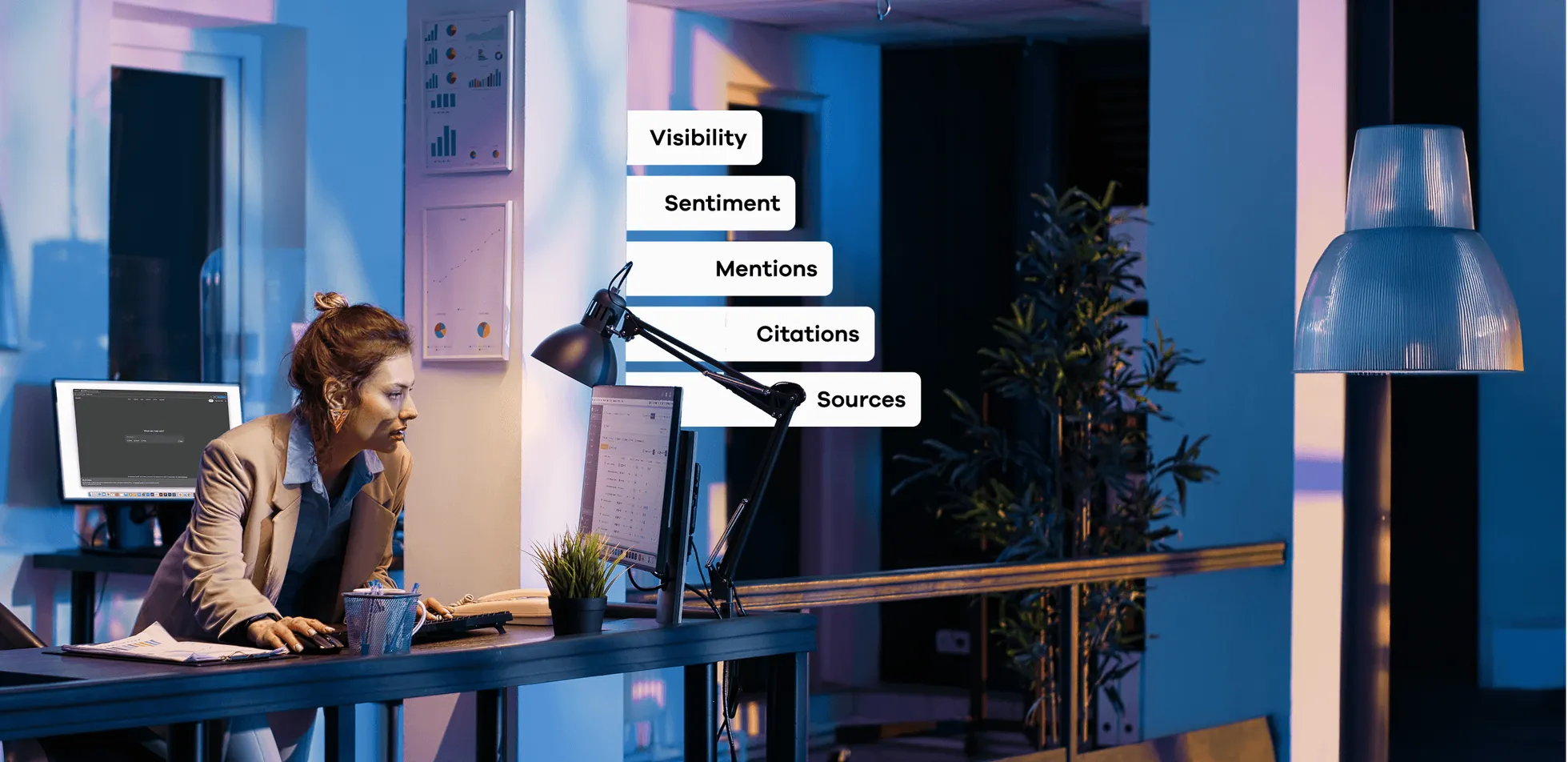
Hot or Not? 7 New Link Building Strategies for Higher SERP Rankings

Srushti Shah
November 29, 2023
Explore 7 innovative link-building strategies to boost your website's search engine rankings! Discover hot tactics for higher SERP visibility and stay ahead in the competitive online landscape.

SEO or Search Engine Optimization is essential for successful online marketing. To move your website front and center and achieve recognition as an authority in your specific sector during online searches, SERP rankings count - big time.
One popular method for improving rankings is link building, although it takes a measured approach to work to your advantage; ideally, your strategies need to be decided upon and in place before you concentrate on your website’s content, regardless of whether you plan on undertaking the task yourself or outsourcing link building.
Effective link building can be challenging, but it’s an important tool for ranking high on Google, Yahoo, or Bing, among others.
Let’s consider what link building means, why it’s important, how to do it, the difference between strategies and tactics, and our top tips to help your website move up those all-important SERP rankings.
Link building: What is it?
Link building simply refers to the incorporation of links from other websites on your website; acquiring links from other sites lets readers know that these (and likely other) sites appreciate your content and find value in being linked to it. Having more links is like getting more votes that add credibility and authority to your site; with more quality featured links, your chances of ranking higher in search engine results pages are greater.
The importance of link building
Link building does not only contribute to increased rankings, although this is presumably your priority. Quality backlinks from other websites that hold authoritative positions within your niche tell search engines that your content is credible, trustworthy, and, therefore, valuable; this will undoubtedly improve search engine results.
Still, it doesn’t end with the rankings alone. Successful link building with improved rankings can increase traffic to your website and provide your brand with increased visibility. The more links you acquire, the more your brand’s presence will increase, adding to both your brand’s recognition and authority, and credibility in your industry.
Determining a link building strategy

Source: Diggity Marketing on Unsplash
Before concentrating on your site’s content, determine your link building strategies so that your content will benefit once it is placed online. Effective link building strategies call for:
Clear objectives, such as brand awareness, increased site traffic, and improved SERP rankings
The identification of the target audience to create pertinent content
The research relevant keywords that your target audience may be looking for
The creation of quality content that offers value to your target audience and incorporates those target keywords
The application and integration of link building techniques and tactics
Also, consider building links from other relevant websites; just make sure that both the website and topic are relevant.
The difference between a link building strategy and tactics
A link building strategy is an overall approach for acquiring links, while tactics are the specific methods you use to succeed in acquiring backlinks. A strategy will provide direction toward a goal, while tactics are the tools you use to achieve the goal.
Various backlink types
When working on a link building strategy, there are a variety of link types to consider and benefit from:
Resource page links
These links bring readers directly to pages that host valuable content pertinent to a specific subject or sector; they provide you with the possibility of having your content cited as valuable and a credible resource.
Directory links
If your site is listed in directories for your industry or activity, this may provide you with the opportunity to appear in backlinks. Always select reliable directories, and if you are listed in more than one, keep your information consistent in all.
Editorial links
These are links that can appear spontaneously, as other websites link to yours because they find your content valuable; editorial links do not require your direct participation.
Social media links
 Source: George Pagan III on Unsplash
Source: George Pagan III on UnsplashSharing your website’s content on social media platforms can lead to others discovering it and finding it engaging, with the potential of subsequently offering links to your site.
Guest post links
If you write guest blogs or content for other websites, you may be able to include a link back to your website, either in your writer bio or within the content itself.
HARO link building
HARO (Help A Reporter Out) is a highly effective strategy for link building for several reasons. First, it allows users to generate high-quality backlinks and press mentions, significantly enhancing their online presence. It's also an excellent tool for brand awareness across various industries, given its ability to connect users with reporters in need of expert knowledge for their stories.
In addition, HARO can attract links from high authority publications, which is beneficial for SEO performance. It provides users access to top names from credible websites, offering a wealth of information and opportunities. By pitching well-crafted content and actively promoting it, HARO link building becomes a key component of an effective link building strategy.
Hot or not? Link building strategies
Backlinks should focus on quality to improve your site’s authority. Here are several of our preferred link-building strategies to get you the results you want:
#1. Keywords, keywords, and keywords
This may sound like a given, but the fastest way for others to find your content and create links to it is to use the keywords that people search for in a search engine. Free tools such as Ubersuggest or Google Keyword Planner can reveal what words people are searching for the most at any given moment.
Don’t limit yourself to primary keywords, but consider long-tail keywords or even keywords in question form, as these may provide value and improve your site’s rankings; it can also open the door to backlinks from non-competitive sources that are related to your topics (and perhaps less detailed). Integrate keywords into anchor texts to increase relevancy and push up those rankings.
#2. Create visual aids
Videos and infographics are hugely popular on social media platforms because they can be easily shared and linked to other sites or blogs; LinkedIn, Twitter, Instagram, Facebook, Pinterest, and TikTok are rife with linked videos or infographics.
Create a video that explains a specific topic to increase your brand’s exposure. Infographics are particularly efficacious because they are easy to understand and share; ideally, they should include an ‘exclusivity’ factor. When creating your visual aid, ensure it contains links to your website.
Another type of visual aid to offer is an image library, with images that are not easily found in top stock photographs on the web. There is a lot of demand for non-stock images or unique photo libraries, as content publishers prefer to use unique unpublished or rarely used images.
If you are a photographer, enjoy photography, or have hired a photographer, create your own image library that is relevant to your industry.
#3. Invite and offer guest blogs
This is an effective method for getting new links back to your website, requiring nothing more than related content. If you find a site or blogger you like that publishes or writes relevant material for your niche, send them an email invite or offer and perhaps include the kind of article you are looking for - or the kind of article you would like to write for them. Make it clear that a link to your site is included in the agreement.
When selecting relevant blogs, do so with ‘audience-first’ in mind; you want to appear where your target audience resides. Identifying your target audience will aid in attracting potential customers, and you can also use reverse engineering to help in identifying your audience. Check out the competition and what topics they cover to zero in on a target audience.
#4. Connect with influencers
Influencer marketing is still successful, as influencers continue to be a rapid method for connecting to new viewers and customers that may not find your brand’s site easily.

Source: Pexels
Influencers can be considerably less expensive than traditional tv and radio commercials as well as print advertising; they also are exceptionally efficient when it comes to building links, as most will include your link when writing about your brand or working with you. This can bring an increase in visitors that can increase your rankings and multiply new backlinks.
#5. Build using broken links
Use what is known as the ‘broken link build’ by checking out resource pages to look for defunct links that lead nowhere. Often, a ‘404 error’ will appear. Reach out to the websites or their curators and offer replacement links, with at least one being your page.
#6. Reach out for credit where credit is due
There may be a number of websites that mention your brand, one of your products, or your website content in general, without including a link to your page. In these cases, you can reach out to a site and request that they include your link in their mention.
As your website gains in popularity and traffic, there will be an upswing in visitor traffic which potentially will lead to more mentions. Employ one of several SEO tools (Brandmentions, Ahrefs’ Alert, etc.) to alert you whenever your brand has a new mention. You can also set up alerts for specific keywords that refer to your brand.
#7. Don’t forget about local link baiting
If you are a small business, building links locally can push SERPS upward. One popular link building strategy is to write content about local products or brands that are not your competitors; you aid other local businesses in increasing their exposure and they, in return, can promote your content piece on their networks with a link to your site. Reach out to the local businesses you wish to feature in your content, so that they know you are promoting other local enterprises - reach out to them once you have published the piece.
Don’t miss out
There are numerous, proven strategies and tactics for link building that bring new visits directly to your brand’s virtual doorstep. Here we present 7 actionable strategies to increase links to your site, visitors, and potentially paying customers; while it takes some strategizing and dedication, link building is a powerful tool in building your brand, website traffic and authoritative status and mustn’t be missed.
Related blog posts

5 LLM Visibility Metrics You Should Track in 2026
SEO is now both about ranking in search engines and being visible in LLMs. We give you five visibility metrics every SEO should track in 2026.
3 December 2025Is LLM Tracking Relevant for You?
LLM tracking is not just for SEOs. It is also relevant for content teams, agencies, marketing leadership, and communication teams. Learn why here.
26 November 2025
How to Find the Best Prompts to Track for AI Visibility
Do you want to start tracking prompts to optimize your AI visibility? We give you seven practical ways to identify relevant prompts to track in LLMs.
9 November 2025
